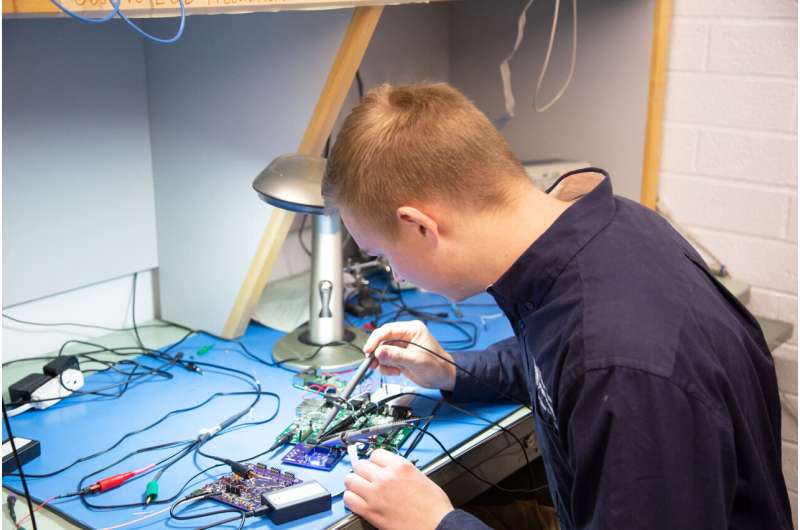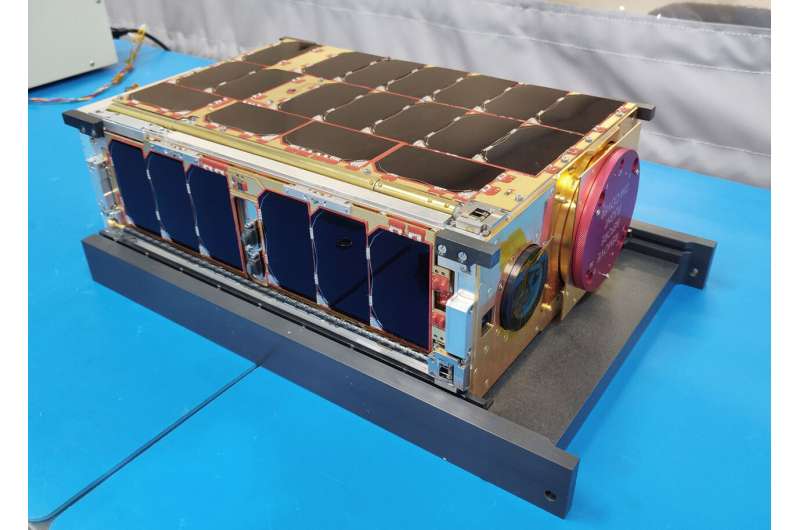The Scintillation Prediction Observation Research Task, or SPORT, is a joint mission between the United States and Brazil designed to measure the state of the ionosphere, which lies 50 to 600 miles above Earth's surface, and to determine why plasma bubbles sometimes form there.
The satellite, built by Brazil, is about the size of two loaves of bread and hosts the scientific space weather measurements provided by the U.S. team of collaborators led by Swenson.
When radio waves from GPS satellites travel across plasma bubbles in the ionosphere, the signals can become distorted. This distortion is known as scintillation, a problem that impacts GPS reliability and negatively impacts Brazil's military, precision agriculture and automated landing systems at the country's airports.

Understanding the conditions that lead to plasma bubbles will help electrical engineers design GPS technology that is less susceptible to scintillation.
"The answers to these questions can improve the ability of researchers to predict the formation of plasma bubbles and understand the conditions under which density anomalies develop in the ionosphere," Swenson said.
Radio receivers on the ground in Brazil will record the scintillation pattern on waves that pass through the ionosphere and compare them to the satellite measurement of turbulent plasma in space.
Brazil is located under what is known as the South Atlantic Anomaly or the South American Magnetic Anomaly, which occurs when space radiation dips too close to Earth due to a weakness in the magnetic field. Researchers want to know if this region is different than other equatorial sites for plasma bubbles.
Swenson and collaborators plan to use SPORT to apply the same procedures to other longitudes around the globe that might be suffering from ionospheric irregularities as well. Swenson is the principal investigator on the Joint NASA-Brazil SPORT CubeSat mission to study the conditions and potential triggers for plasma bubbles in space.
The Sport CubeSat mission is scheduled to launch no earlier than Nov. 21 from NASA's Kennedy Space Center as a part of the SpaceX-26 commercial resupply mission to the International Space Station.
Provided by Utah State University



